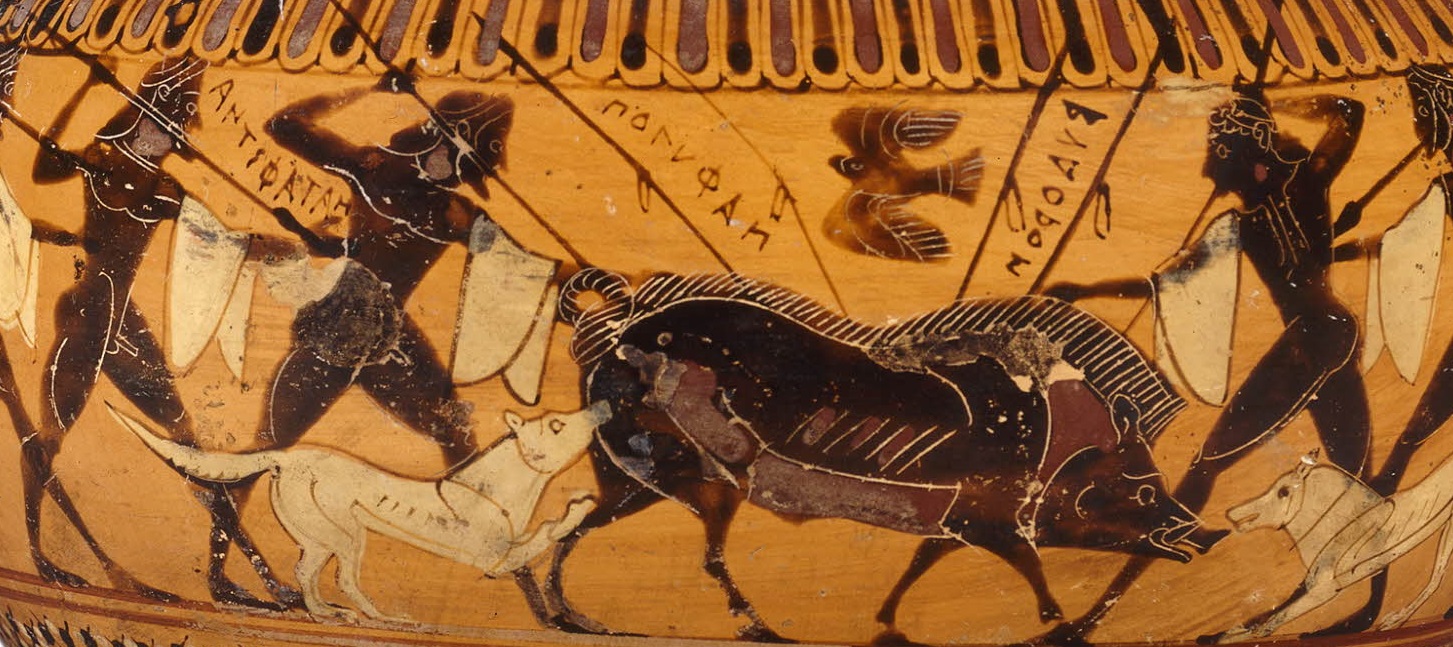Competitiveness is hardwired into our biology. Just think of how many Monopoly games you have had with a crazed family member, or the number of competition-based reality shows you can watch in TV. Vince Lombardi, an American football player, famously said that “winning isn’t everything, but wanting to is”. In the 1980s, scientists at the University of California, Los Angeles discovered that when one animal dominates over another, the levels of serotonin they have in their blood rises. Serotonin, a neurotransmitter that is often called the “happy chemical”, contributes to an individual’s well-being and happiness.
“Back when humans were literally fighting for survival and our biggest concern was how to evade the day’s predator, winning was synonymous with surviving.”
The reason for this desire for dominance may be seen in our evolutionary history. Back when humans were literally fighting for survival and our biggest concern was how to evade the day’s predator, winning was synonymous with surviving. Those who run the fastest, who are strongest, or who are most resourceful were more likely to live on and reproduce. The ancestors of those who are living today were most likely the most competitive of their time, surviving better than, and outliving, less competitive individuals. Thus our need to win can be traced back to the competitive nature of life for our ancestors.
To escape and better evade predators, mammals began living in groups, and this necessitated a way for relatively stronger and weaker individuals to live side by side. As a result, the brain evolved so that it constantly assesses social standing within a group. If it sees itself as low in the social hierarchy, cortisol, a stress hormone, is released. On the other hand, if the brain sees itself at an advantage, serotonin is released. You may think that this means constant conflict, but surprisingly, a potential fight between a weak and strong individual is avoided as animals only engage when they expect to win. Conflict only arises when both individuals see themselves as the potential winner, as the opportunity for food or a mate outweighs the perceived risk of injury.
“Our brains need competition and social tension in order for these “happy chemicals” to be released, motivating survival behaviour.”
A study released in 2015 from Uppsala University in Sweden revisited the link between serotonin and social assertion, reporting that people with higher serotonin experience higher social anxiety. This implies that brains seeking large amounts of serotonin are more concerned with meeting their need for it. It also provides a link between low social anxiety and low serotonin, showing that our brains need competition and social tension in order for these “happy chemicals” to be released, motivating survival behaviour.
In our day-to-day life, this evolutionary pressure toward competitiveness manifests itself in a variety of ways. When you open your choice of social media app and see that the people around you are seemingly living a better life than you are, we feel sad, angry, or disappointed. It is why the “American Dream”, an ethos based on prosperity, success, and upward social mobility, is romanticised in modern society. While the tendency to compare ourselves with each other may be problematic in the era of social media, we have it to thank for surviving as a species.






